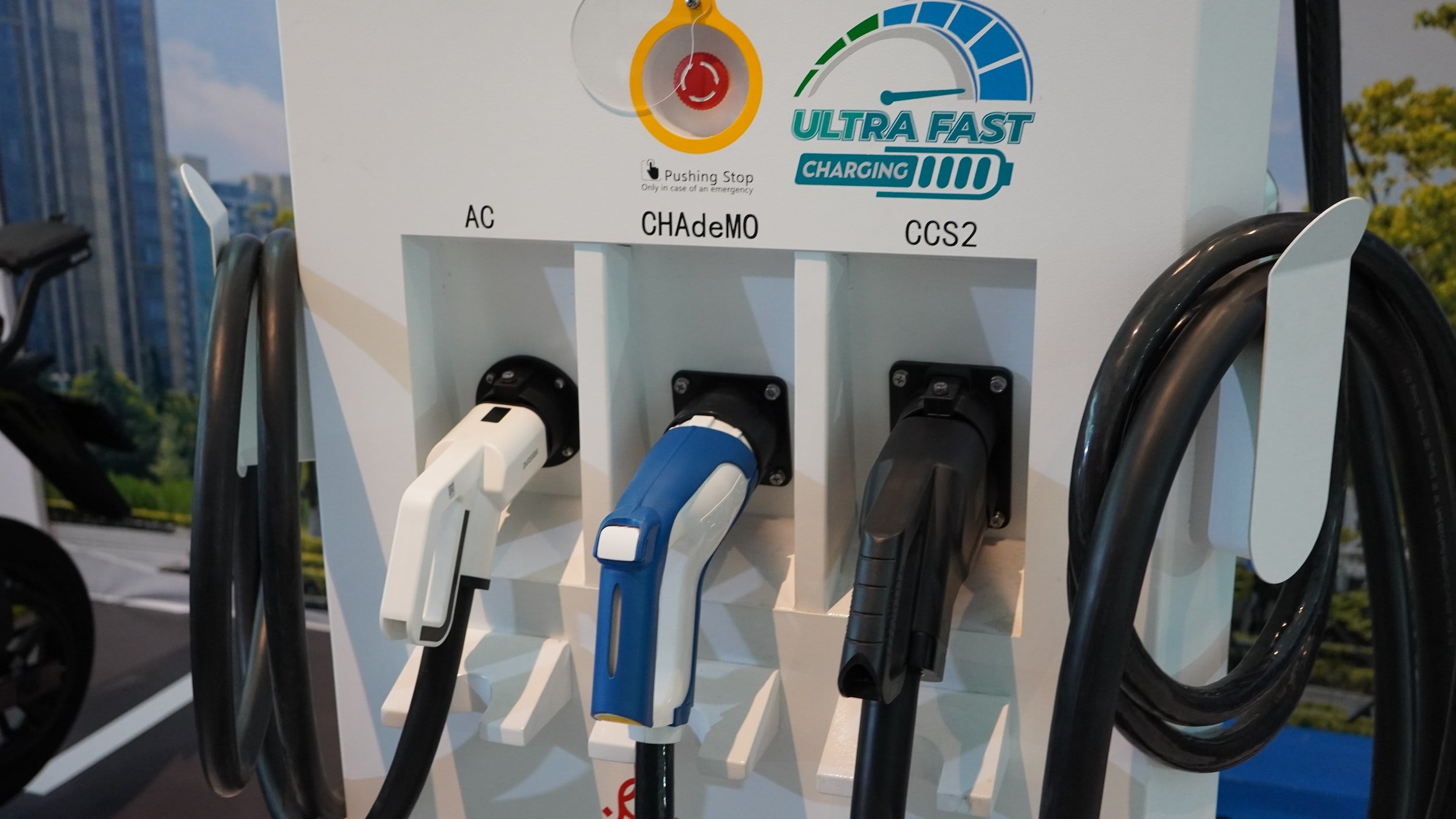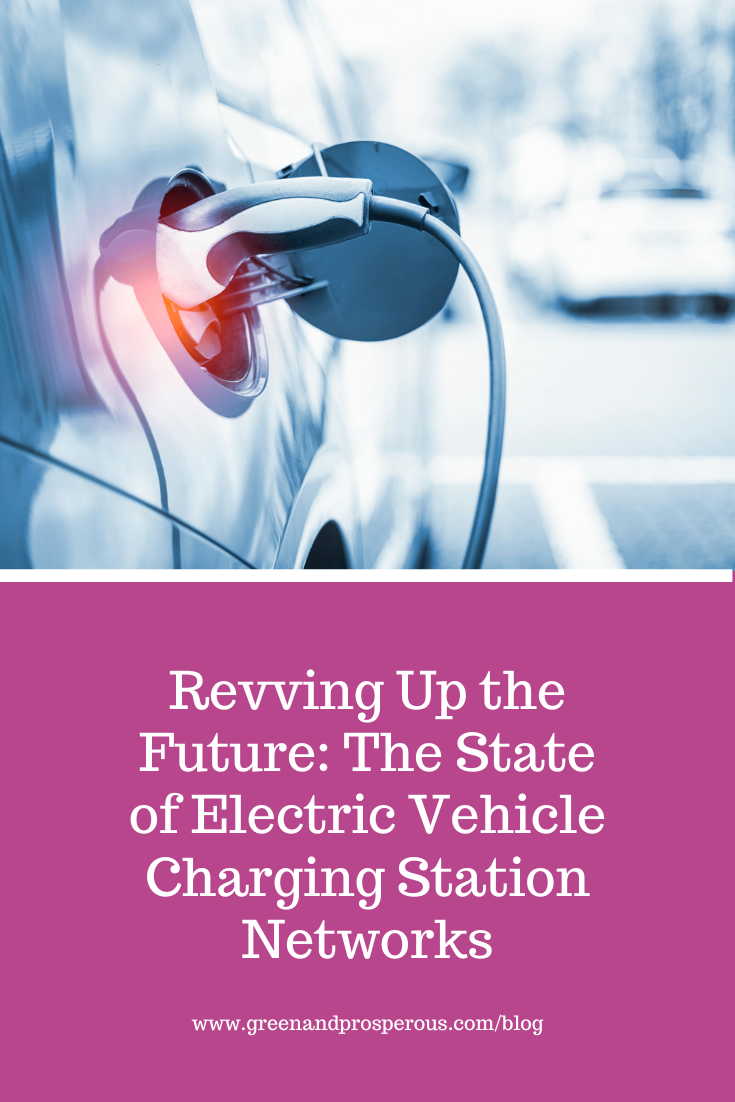Revving Up the Future: The State of Electric Vehicle Charging Station Networks
/Electric vehicle (EV) charging stations are a crucial component of the transition to a more sustainable transportation system. As more and more people purchase EVs, the demand for convenient and reliable charging infrastructure is rapidly increasing. In this article, we'll take a deeper look at the current state of EV charging station networks, including home charging options from Level 1 to Level 3 and what needs to be done to ensure that they are able to meet the needs of all EV owners.
Where to find the best EV Charging Station Networks
EVhype® is a comprehensive website that offers a detailed map of all EV charging stations in the USA. The site features a wide range of filters, making it easy to find the charging stations that best meet your needs, including home charging options from Level 1 to Level 3. The site also offers reviews of charging stations and a feature to add new charging stations to the map.
Federal support to EV infrastructure development
Recently, the Biden-Harris Administration announced the approval of the first 35 state plans to build out EV charging infrastructure across 53,000 miles of highways. This is a significant step forward in the effort to expand EV charging infrastructure and make long-distance travel in an EV more practical and convenient. The approved plans will provide funding for the installation of thousands of new charging stations along major highways, making it easier for EV owners to travel long distances.
The approved state plans will also help to address the current lack of charging infrastructure in rural areas. Many rural communities have been left behind in the transition to EVs due to a lack of charging options. This new investment in EV charging infrastructure will help to bring charging options to these communities and make EVs more accessible to all.
The Biden-Harris Administration has set a goal to install 500,000 EV charging stations across the country by 2030. This new investment in EV charging infrastructure is a significant step towards achieving that goal. The Administration also plans to invest in the development of new charging technologies, such as fast-charging stations, to make charging even more convenient and efficient.
The investment in EV charging infrastructure is not only crucial for the adoption of EVs but also for achieving the climate goals. Transportation is the largest source of greenhouse gas emissions in the United States, and EVs are a key part of reducing those emissions. This investment in EV charging infrastructure will help to make EVs more practical and accessible for all, which will lead to a reduction in emissions and a cleaner environment.
The Biden-Harris Administration's approval of the first 35 state plans to build out EV charging infrastructure is a significant step forward in the effort to expand EV charging infrastructure and make long-distance travel in an EV more practical and convenient. This investment in EV charging infrastructure will help to bring charging options to rural communities and will bring us closer to achieving the goal of installing 500,000 EV charging stations by 2030. Furthermore, it will contribute to the climate goals by reducing transportation emissions.
The Current State of EV Charging Station Networks
Currently, there are over 100,000 EV charging stations in the United States, with over 50,000 of those being Level 2 charging stations. These charging stations are typically located in public areas such as parking lots and garages, with a growing number being installed in workplaces and multifamily properties. However, the majority of these charging stations are concentrated in a few major metropolitan areas, with many rural areas still lacking any charging infrastructure.
Home Charging Stations
Home charging stations, also known as Level 1 charging, are a convenient and cost-effective way for EV owners to charge their vehicles. Level 1 charging uses a standard 120-volt household outlet, which can charge an EV overnight. This type of charging is suitable for people who have a short daily commute and do not need to charge their EV frequently.
Level 2 charging is also available for home use, and it is becoming increasingly popular. This type of charging uses a 240-volt outlet, similar to the type used for a clothes dryer or electric range. Level 2 charging can charge an EV much faster than Level 1 charging, typically in 4-8 hours. This type of charging is suitable for people who have a longer daily commute or who need to charge their EV more frequently.
The most advanced type of home charging station is Level 3, also known as DC Fast Charging. This type of charging uses a high-voltage, direct current (DC) power source to charge an EV in a matter of minutes, rather than hours. Level 3 charging is suitable for people who travel long distances frequently or who have a high EV usage.
The Importance of Convenient Charging Locations
Convenient charging locations are essential for EV owners to have a positive charging experience. Many EV owners charge their vehicles at home overnight, but they still need access to charging stations when they are away from home. This is particularly important for long-distance travel, as well as for those who do not have access to home charging.
The Role of Government and the Private Sector in Developing Charging Infrastructure
The development of EV charging infrastructure is a collaborative effort between government and the private sector. Governments can play a role by providing funding and incentives for the installation of charging stations, as well as by streamlining the permitting process for charging station installations. The private sector, on the other hand, is responsible for the actual installation and maintenance of charging stations.
The Future of EV Charging Station Networks
The future of EV charging infrastructure looks bright, with many companies and organizations investing in the development of new charging technologies. The expansion of fast-charging networks, particularly Level 3 charging, will make long-distance travel in an EV much more practical and will help to alleviate range anxiety for many EV owners. Furthermore, the increase in home charging options, such as Level 2 and Level 3, will make it more accessible for EV owners to charge their vehicles at home, reducing the need for public charging stations.
like this? Please pin!
Without a doubt, EV charging station networks are a vital part of the transition to a more sustainable transportation system. Home charging options, from Level 1 to Level 3, are becoming increasingly important as they provide EV owners with the flexibility and convenience to charge their vehicles at home. While progress has been made in recent years, there is still a long way to go to ensure that all EV owners have access to convenient and reliable charging infrastructure. Government and private sector collaboration is crucial to the development of EV charging infrastructure. With the advent of new technologies such as fast-charging stations, the future of EV charging infrastructure looks bright. EVhype is a great tool to help you find the best EV charging station networks, including home charging options.
Rob Dillan is the co-founder of EVhype and a sustainable transportation advocate. Rob extensively works on raising EV awareness and facilitates EV charging networks expansion in the US.








































